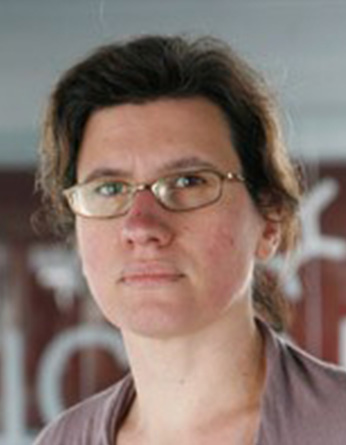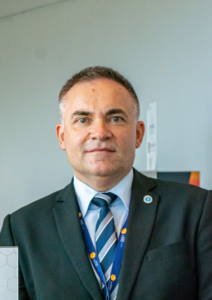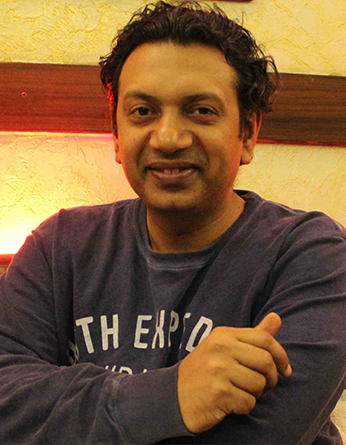YOURHETCAT 2022
1st Forum of Young Researchers on Heterogeneous Catalysis
Book of Abstracts – click here
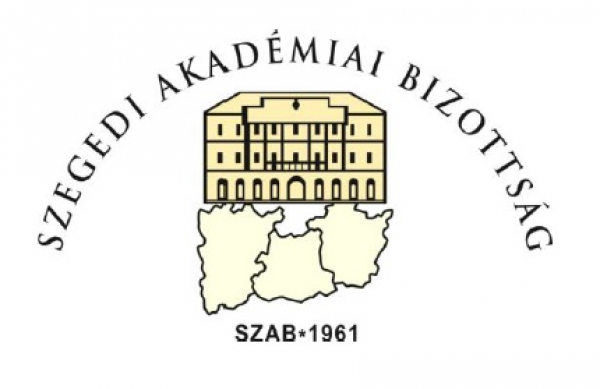
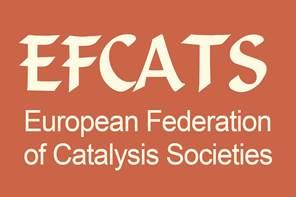
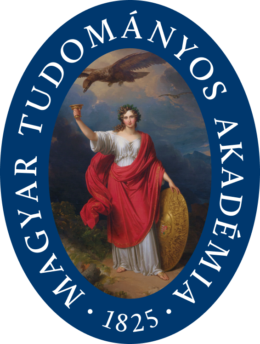
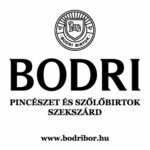
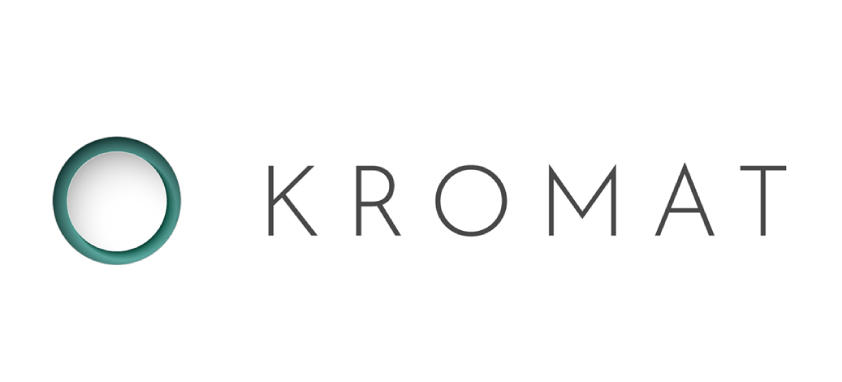
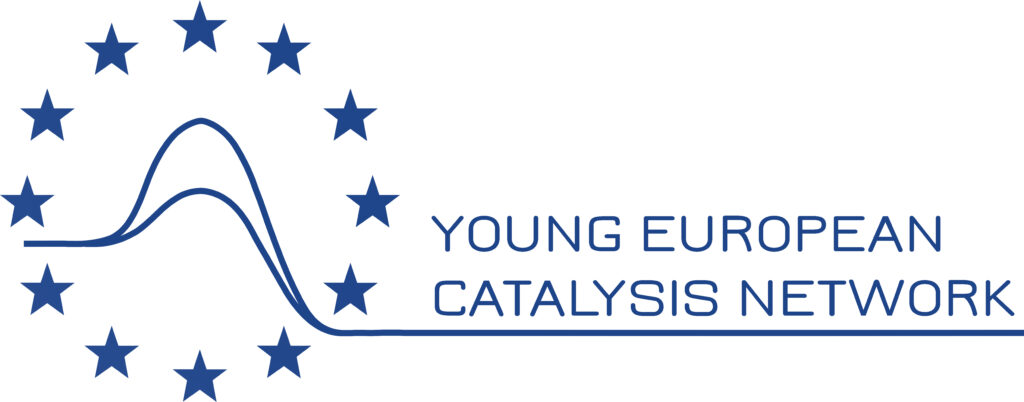
11 – 13 of July, 2022
SZAB Headquarters, 7 Somogyi street, H-6720, Szeged, Hungary
Registration at the Venue Center Hall at Monday 12:00 – 18:00 and Tuesday 8:00 – 11:00
For poster presenters:
We are waiting for posters in the maximum size of A1 (594 × 841 mm). It can be both landscape or portrait format. The poster session will be on the second day (Tuesday, 12th of July, 2022) at 12:00 – 17:00. If you are coming with a poster please bring your poster and give it to us on Monday or before 10 am Tuesday.
For oral presenters:
The oral presentations will be long as 10 minute talk + 5 min discussion no longer all together than 15 minutes.
For Pitch Presenters:
You have to prepare a really quick max. 3 minutes pitch presentation where you “sell” your knowledge, products to the jury. Here you have to focus on the novelty of your research, place in the market and industry. If you present something which is a part of a product or future technology then sell that small part and tell us why that is really important, novel and the only one in the market compared to other researches or products, know-how in the market. The jury will ask for max. 7 minutes about your pitch.
Valuable prices will be going for the best pitch, oral and poster presenter. The announcement of such will be happening at the end of the conference at the closing on wednesday.
[wpgmza id=”1″]
Fighting climate change, most industrial technologies will not work without heterogeneous catalytic reactions. Understanding the catalytic processes, transferring and developing knowledge is essential. The 1st Forum of Young Researchers on Heterogenous Catalysis 2022 (YOURHETCAT 2022) will be organized in Szeged, Hungary on July 11-13, 2022, hosted by the Hungarian Catalysis Society (HCS) with the help of The Secretariat of the Regional Committees of the Hungarian Academy of Sciences at Szeged (MTA SZAB) and the European Federation of Catalysis Societies (EFCATS).
Our main goal is to support and link talented young researchers working in the field of catalysis by organizing a high-quality international event for free of charge without any registration fees.
We are waiting for Graduated and Postgraduated Students, Postdocs as well as Senior Researchers of National and European Catalytic Societies and the Young European Catalysis Network (YEuCAT).
The pre-planned program including 4-8 plenary lectures, 30-50 student presentations, 30-40 posters for the poster session and an extraordinary “pitch” presentation by 6-8 brave students, a tour of Szeged, coffee breaks, dinners and a lunch. We are expecting ~80 young researchers and more Senior Researchers from all over Europe, trusting in the exchange of experience, knowledge transfer and the creation of new cooperation opportunities, building networks, which will lead to the strong connection of International catalysis research.
All the presented works can be published in a special issue of Reaction Kinetics, Mechanisms and Catalysis journal (IF = 2.081) (manuscript submission deadline: 15th of September, 2022)
Topics
Environmental Catalysis
Surface Science
Characterization Methods in Surface Science and Catalysis
Theoritical Research of Heterogeneous Catalysis
Electrocatalysis
Organic and Inorganic Synthesis
Program
11st of July, 2022 – 1st day
| 13:30 -14:00 | Opening József Pap, András Sápi, Video presentations |
| 14:00 – 14:40 | Plenary Talk Hans-Peter Steinrück Fundamental aspects of ionic liquid interfaces |
| 14:40 – 15:20 | Plenary Talk Sameer Sapra MoSe2 – a versatile transition metal dichalcogenide and heterostructures thereof for applications in catalysis and optoelectronics |
| 15:20 – 15:50 | Coffee Break |
| 15:50 – 17:35 | Lectures of Young researchers |
| 15:50 – 16:05 | Imre Szenti The behavior of clean metallic nanoparticles in catalytic reactions on boron nitride supports |
| 16:05 – 16:20 | Nnamdi Madubuko Supported catalytically active liquid metal solutions (SCALMS) as novel materials for dynamic single atom catalysis – material development and high temperature applications |
| 16:20 – 16:35 | Laura Gueci Platinum modified Beta zeolite catalysts: a DFT study on metal sites formation and energetics |
| 16:35 – 16:50 | Turczel Gábor Supported CAAC- and BiCAAC-ruthenium complexes on Amberlyst-15 |
| 16:50 – 17:05 | Dániel Karajz Preparation of inverse opals with different wall thickness by atomic layer deposition |
| 17:05 – 17:20 | Selin Karahan Effect of Particle Size on Resistance to Chloride for Hydrodechlorination of Trichloroethylene in Water |
| 17:20 – 17:35 | Altantuya Ochirkhuyag Preparation of porous silica nanoparticles from natural minerals and its application in the catalytic synthesis of carbon nanotubes |
| 18:30 | Icebreaker – Dinner and Wine |
| 19:30 | Icebreaker – PubQuiz and Wine |
12nd of July, 2022 – 2nd day
| 9:00 – 9:40 | Plenary Talk Günther Rupprechter Operando Studies of Catalytic Surface Reaction |
| 9:40 – 10:40 | Lectures of Young researchers |
| 9:40 – 9:55 | Ákos Szamosvölgyi Behaviour of PtCo alloy nanoparticles catalyzing reverse water-gas shift reaction |
| 9:55 – 10:10 | Márton Szabados Nickel-poor layered double hydroxides, synthesis and application in methanation of CO2 and reverse water gas shift reaction |
| 10:10 – 10:25 | Sara Najari Insights into the role of Fe-based active phases in CO2 hydrogenation over Na-Fe3O4-Fe5C2 |
| 10:25 – 10:40 | Oana Grad Synthesis of MIL-53(Al)-based catalysts for the methanation of CO2 |
| 10:40 – 11:10 | Coffee Break |
| 11:10 – 12:40 | Lectures of Young researchers |
| 11:10 – 11:25 | Vivien Szabó Transformation of hydroquinone with various M(III) metal ion containing Mn(II)-based layered double hydroxides (LDHs) |
| 11:25 – 11:40 | Krisztina Karádi Modified layered double hydroxides for glucose-to-fructose selective isomerization |
| 11:40 – 11:55 | Sándor Balázs Nagy Mn/Co containing perovskite catalyzed synthesis of pyrimidine compounds |
| 11:55 – 12:10 | Yvette Szabó Base catalysed transesterification of glycerol with dialkyl carbonates using tricalcium aluminate as catalyst |
| 12:10 – 12:25 | Amanda Sfeir The effect of support nature on the nitridation of MoO3 and its catalytic activity for ammonia synthesis |
| 12:30 – 14:30 | Lunch & Poster Section at the Hall (Posters still available upto 17:00) |
| 14:30 – 15:10 | Plenary Talk Núria López Simulations in electrocatalytic reduction of CO2 |
| 15:10 – 16:30 | Lectures of Young researchers |
| 15:10 – 15:25 | Zhaochun Liu Promotion of electrochemical reduction of CO2 over SnO2 by surface hydroxyls and metal doping |
| 15:25 – 15:40 | Dávid Lukács Heterogeneous catalysis with copper(II)-bis-aryliminoisoindoline complexes in borate buffer |
| 15:40 – 15:55 | Cristina Silva Effect of reductive treatment of Ti1-xSnxO2 – carbon composite supported Pt electrocatalysts for PEM fuel cell applications |
| 15:55 – 16:10 | Ilgar Ayyubov Nitrogen doped carbonaceous materials as platinum free cathode electrocatalysts for oxygen reduction reaction |
| 16:10 – 16:25 | Mohit Yadav Sequential Design of Strontium Titanates with Noble Metals (Rh, Ru and Pt) and Nanodiamonds for Enhanced Photocatalytic CO2 Hydrogenation |
| 16:30 – 17:00 | Coffee Break |
| 17:00 – 18:10 | Pitch Presentations 3 MIN PITCH + MAX. 7 MIN DISCUSSION |
| 17:00 – 17:10 | Dalia M. El-Gendy Black titania nanotubes/spongy graphene nanocomposites for high-performance supercapacitors |
| 17:10 – 17:20 | Antony Onjwaya Design, Synthesis, and Characterization of Metal-Organic Frameworks for Selected Heavy Metal Removal from Mining Wastewater |
| 17:20 – 17:30 | Dina Moussaid Solution-combustion synthesis of β-Cu2 V2O7 nanoparticles using two different fuels “Urea and Glycine”: photocatalytic degradation of crystal violet under UV illumination |
| 17:30 – 17:40 | Norbert Német Chemically programmed synthesis of ZIF-8 and gold nanoparticles with clock reaction |
| 17:40 – 17:50 | Anastasiia Efremova Structure-catalytic activity correlations of Pt/m-MnO2 system in CO2 hydrogenation |
| 17:50 – 18:00 | Isaac Njoku Synthesis and characterization of heterogeneous catalyst suitable for plastic degradation |
| 18:00 – 18:10 | OmVir Singh Production of gasoline range hydrocarbon from bio-baphtha (paraffinic rich) oil using hierarchical ZSM-5 catalyst |
| 19:00 – 20:00 | Walk through Heart of Szeged to Gala Dinner Gala Dinner at Beke Tanszek Bistro (6722 Szeged, Boldogasszony sgt 11.) |
13rd of July, 2022 – 3rd day
| 9:00 – 9:40 | Plenary Lecture | Albin Pintar: Photocatalysts for water pollution prevention |
| 9:40 – 10:10 | Intros of EFCATS & YEuCat | Albin Pintar (EFCATS member) & Vera Truttmann (YEuCat member) presentations |
| 10:10 – 11:10 | Lectures of Young researchers | |
| 10:10 – 10:25 | Mahsa Abedi | Characterization and evaluation of photocatalytic activity of strontium titanate photocatalyst prepared by different synthesis methods |
| 10:25 – 10:40 | Harshita Chawla | Fabricating Quercetin arbitrated efficient visible light driven bismuth oxybromide/bismuth oxyiodide [BiOBrpI1-p-Q] facilitated by defect Engineering via simple mechanical grinding: An Experimental and DFT insight |
| 10:40 – 10:55 | Debika Devi Thongam | Fabric Coated with Five Different ZnO Nanoparticles for Efficient Photocatalytic Degradation under Natural Sunlight and UV light |
| 10:55 – 11:10 | Tomaž Kotnik | Π-Conjugated PolyHIPE photocatalysts through the organocatalyzed reactions and their applications |
| 11:10 – 12:10 | Snacks & Coffee Break | |
| 12:10 – 13:00 | Closing – Awards for Best Oral, Poster and Pitch Presenter | |
Plenary Speakers
|
Fundamental aspects of ionic liquid interfaces
|
Operando Studies of Catalytic Surface Reactions
|
Prof. Núria López Simulations in electrocatalytic reduction of CO2
|
|
Hans-Peter Steinrück did his PhD in physics at TU Graz 1985, was postdoc at Stanford University 1985/86, received his Habilitation at TU München 1992, and became Professor of Physics at Würzburg University in 1993. Since 1998, he holds a chair of Physical Chemistry at University of Erlangen-Nuremberg. He was Guest Professor at STC/Hefei in China, holds a honorary doctorate degree from Szeged University in Hungary, is member of the European Academy of Sciences, the German Academy of Sciences Leopoldina, the Austrian Academy of Sciences and Academia Europaea, and is Fellow of APS and AAAS. In 2016 he received an ERC Advanced Grant, in 2017 the AVS Medard W. Welch Award in the USA, in 2019 the Morino Lectureship in Japan, and in 2021 the Henriette-Herz-Scout distinction of the Alexander von Humboldt Foundation in Germany. His research focusses in surface and interface science, from ionic liquids, porphyrins, liquid metals and liquid organic hydrogen carriers to chemically modified graphene. He published more than 400 peer- reviewed papers. https://www.chemistry.nat.fau.eu/steinrueck-group/ |
He received his Ph.D. in Physical Chemistry from the University of Innsbruck (Austria). After being a postdoctoral fellow at the University of California at Berkeley and the Lawrence Berkeley National Laboratory, he became group leader for Laser Spectroscopy and Catalysis at the Fritz Haber Institute of the Max Planck Society in Berlin (Germany). In 2005 he accepted a Full Professorship in Surface and Interface Chemistry at Technische Universität Wien (Austria). He received the Jochen Block Award 2005 of the German Catalysis Society for “the application of surface science methods to heterogeneous catalysis” and became corresponding member of the Austrian Academy of Sciences in 2012. Since 2018 he is “Renowned Overseas Professor” of Shanghai University of Engineering Science. His research emphasis is on heterogeneous catalysis, particularly in situ (operando) spectroscopy/microscopy on model and technological catalysts, applied to studies of the mechanisms and kinetics of processes relevant for energy and environment, published in over 230 peer-reviewed articles. https://www.imc.tuwien.ac.at/division_physical_chemistry/research_groups/model_catalysis_and_applied_catalysis/EN/ |
Núria López graduated in Chemistry (1999) and got her Ph.D. degree in Theoretical Chemistry at the University of Barcelona, Spain (1995). As a postdoctoral researcher, she joined the Center for Atomic-scale Materials Physics led by Prof. Jens K. Nørskov (Denmark). In 2005 she started her independent career at ICIQ. Her research group focuses on the theoretical research in heterogeneous photo-electro-catalysis. Prof. López has co-authored over 200 scientific publications. In 2010 she was awarded an ERC Starting Grant (2010) and then a ERC Proof-of-concept (2015) by the European Research Council. She was awarded a “Prize for Excellence” by the Real Sociedad Española de Química in 2015. She has collaborated with several industries in Europe to leverage atomistic modelling, participated in 9 EU projects, and served in several committees in the European Union, including the most important supercomputing initiatives in Europe (she is currently Chair of PRACE‘s Steering Committee). Prof. López has an h impact of 52, has published over 200 published articles (5 Nature Communications, 4 Nature Catalysis, 2 Nature Materials, 1 Nature Chemistry, 1 Nature Nanotechnology, 1 Nature Energy), one of them has more than 800 citations and 2 more than 500 (February 2020). She has also contributed to software development: Solvent contributions for VASP, Kinetic Monte-Carlo code, and the repository ioChem-BD, a computational catalysis database. |
|
Photocatalysts FOR WATER pollution PREVENTION
ABSTRACT |
MoSe2 – a versatile transition metal dichalcogenide and heterostructures thereof for applications in catalysis and optoelectronics
| |
|
Dr. Albin Pintar, Research Professor, is head of the research programme group »Integrated approach to water pollution prevention« at the National Institute of Chemistry, Ljubljana, Slovenia. He obtained his M.Sc. and Ph.D. degrees from the University of Ljubljana in 1992 and 1996, respectively. He was a visiting scientist at the Tokyo Institute of Technology (Japan) and Research Institute of Catalysis and Environment (Villeurbanne, France). His research interests are in the fields of heterogeneous catalysis, environmental catalysis, kinetics and mechanisms of catalytic reactions in multiphase reactors, wastewater treatment, production of hydrogen rich mixtures from renewables and process intensification. He is the author of over 170 scientific papers and review articles in peer-reviewed journals, and several international patents (h-index: 45). He received a prestigious national award for significant scientific achievements in chemical engineering. Albin Pintar is chairman of Catalysis Division at the Slovenian Chemical Society and serves as associate editor to RSC Advances. | Sameer hails from Delhi where he completed his graduation in 1996 from Hindu College and went to IISc Bangalore for an Int. Ph.D. with Prof. D. D. Sarma. After completing his doctoral studies in 2004, he moved on to work with Andrey Rogach at LMU Munich as a Humboldt fellow and there on to TU Dresden in the group of Prof. Dr. Alexander Eychmueller. 2008 onwards he has been at IIT Delhi working on the charge separation in semiconductor nanomaterials enabling them for applications such as photovoltaics and photocatalysis. |
Registration fees
The conference will be free of charge (also accomodation will be offered for students in nearby hostels)
The Conference Centre
The conference will be held in the Secretariat of the Regional Committees of the Hungarian Academy of Sciences at Szeged in the heart of Szeged very next to our famous Church, the Dóm at the Dóm Square. The beautiful, Classicist Style Centre built in the 1860s is fully equipped with modern needs and spacious conference and ballot rooms as well as rooms for accomodations.
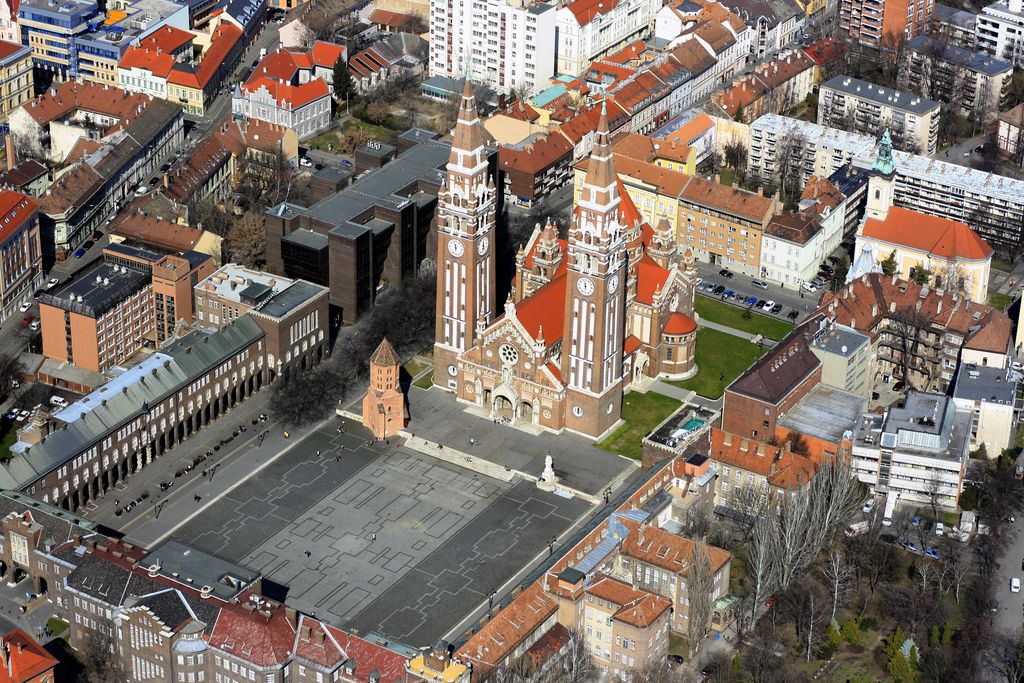
Accommodation
1. Free accommodation on requests in nearby Móra University Dormitory Hostel in shared rooms for 2 persons/room from 10th – 13th for 3 nights is available with wifi. You can go in to the dormitory with your Conference Badge mostly and they asked us to be respect the quite times from 11 pm to 6 am.
Móra Ferenc Dormitory – more information about the rooms will be available at the registration desk
2. Suggested Hotels
– Couple of Rooms at the Conference Centre is available
https://tab.mta.hu/szegedi-teruleti-bizottsag/szobafoglalas/
- Art Hotel
- Mozart Hotel
- Dóm Hotel
- More accommodations can be found at booking.com and Airbnb.com
Travel
Szeged is 170 kms away from Budapest, the capital of Hungary
From Budapest Airport to the Ferihegy railway station in Budapest
The planes land at Terminal A or B; they are of walking distance from each other, and serviced by the same bus stop, and taxi ranks.
The closest train station to Budapest Airport is Ferihegy station, with trains operating to and from the Nyugati railway station in Budapest. From this station there are direct train connections to Szeged.
Please check for the timetable on the site https://www.mavcsoport.hu/en (departure is Ferihegy destination is Szeged). We recommend the IC trains which runs every hour.
From the airport you can easily reach Ferihegy railway station by public transport or taxi.
Public transport
Bus 200E takes you to the Ferihegy station (5th stop from Liszt Ferenc Airport 2 station, please get off at Ferihegy vasútállomás station).
Tickets can be bought in advance at the airport terminals, kiosks, vending machines (they are frequently out of order), and they are valid for all kinds of transportation. Buying them in tens or twenties is cheaper (they are called “gyűjtő”). Tickets can be bought on the vehicles (except on metro trains), but they are more expensive than buying them in advance.
From the Nyugati railway station to Szeged
Szeged is serviced by trains in every hour. The duration of the trip is 2 h 22 min. The trains are so-called mixed trains. The last two or three coaches are called intercity coaches and seat reservation is required beside the regular ticket (which must be bought in advance, e.g. at the ticket office of the station). For the other coaches there is no seat reservation, but an extra so-called fast-train ticket has to be bought together with the regular ticket (complicated is it not?). Nevertheless, the intercity coaches (thus seat reservation) is recommended.
It is possible to check the time table on the internet. Go to https://www.mavcsoport.hu/en, and choose information in English. We recommend the IC trains. There are some trains listed there beside the mentioned ones; do not take them, they are very slow, occasionally, the trip may last for more than 10 hours.
From Szeged railway station to the Institute of Chemisty (Dóm square & Rerrich Béla square), take tram 1 or 2 (or the so-called „tram train” heading to „Hódmezővásárhely”). Get off at „Aradi vértanúk tere”. Since our venue is quite close to the railway station, it is also easy to access the location by a short, 10-15 minutes walk via the avenue linking the station with the city center (called „Boldogasszony sugárút”). Tickets can be bought in advance (at the exit, downstairs) or on the tram (although it is more expensive there), in tens (gyűjtő) it is cheaper.
Getting to Szeged by car
From Budapest Airport The airport is serviced by many of the major car rental companies. Any kind of car can be ordered even on the internet. Starting from the airport, follow the Szeged and/or M5 sign. First, you get on M0 (the outer ring motorway). Keep following the Szeged and/or M5 sign, and after about 15-20 minutes you will be led to M5 (motorway 5), and choose Szeged as the direction. Depending on your speed (and traffic) it takes about one and half hour to get to Szeged. There are two exits to Szeged, both are good. For moving in the city and finding the hotel and the conference venue, you should check the map of Szeged, available on the internet. Note that Szeged is not a huge city, the street structure is a ring-avenue system. There are two rings and all avenues go to the city centre. For visual navigation, look for the twin towers of the cathedral, they are well seen almost from everywhere.
Arriving from the direction of Vienna (Austria) Use M1, then M0 near Budapest following the Szeged and/or M5 sign. Keep doing this, while you are on M0, and you will be led to M5 towards Szeged. From there, please, see above.
From the direction of Bratislava (Slovakia) Use M15(E75), then M1, and for the rest, please, see above.
From the direction Košice (Slovakia) Use M30(E71), then M3 towards Budapest, then M31, then M0, and for the rest, please, see above.
From the direction of Ukraine Use M3 towards Budapest, and for the rest, please, see above.
From the direction of Oradea (Romania) Use 42(E60) until you arrive at Berettyóújfalu, then take route 47 towards Szeged.
From the direction of Arad (Romania) Use M43, and enter the city at any exits. For the street-structure of Szeged, please, see above.
From the direction of Novi Sad (Serbia) Use M5, and exit at Szeged. For more details concerning exits and the street structure of Szeged, please, see above.
From the direction of Zagreb (Croatia) Use M7 towards Budapest, then M0 following the sign of Szeged and/or M5. For the rest, please, see above.
From the direction of Slovenia Use M70 towards Nagykanizsa/Budapest, then M7 towards Budapest. For the rest, please, see above.
From the direction of Graz (Austria) Use route 8 (E66) towards Budapest, then take M0 following the sign of Szeged or M5. For the rest, please, see above.
Attention! The motorways are tollways. Electronic tickets must be bought. This should be done at the closest gas station to the border. There are several varieties, they can be valid for a week, a month, etc., of course, the prices vary with the length of validity.
Regulations and Restrictions
- Before coming to Hungary, please read informations at https://konzuliszolgalat.kormany.hu/en
- COVID-19 informations and regulations could be changing anytime. Please check your Country’s Consulate and/or Hungarian Consulate informations about travelling to Hungary restrictions and rules.
- YOURHETCAT 2022 is following the rule of The Hungarian Academy of Sciences as well as the rules of the Venue Center and Hungarian law of 77/2022. (III.4.), which means that no vaccination is required but heavily suggessted and
- YOURHETCAT 2022 is not requiring that all attendees, exhibitors, vendors, and staff wear a face mask while in the Conference Center but suggested to do so. An acceptable “mask” is made of at least 2 layers of breathable fabric or hospital grade material, fully covers the nose, nostrils, mouth and fits firmly under the chin, and fits snugly, but comfortably against the side of the face.
If you have any questions or needs, please contact:
András Sápi, sapia@chem.u-szeged.hu, +36-30-325-00-21

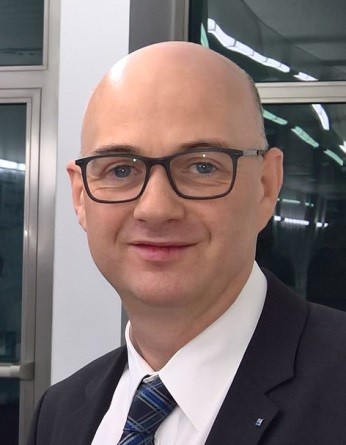 Günther Rupprechter
Günther Rupprechter